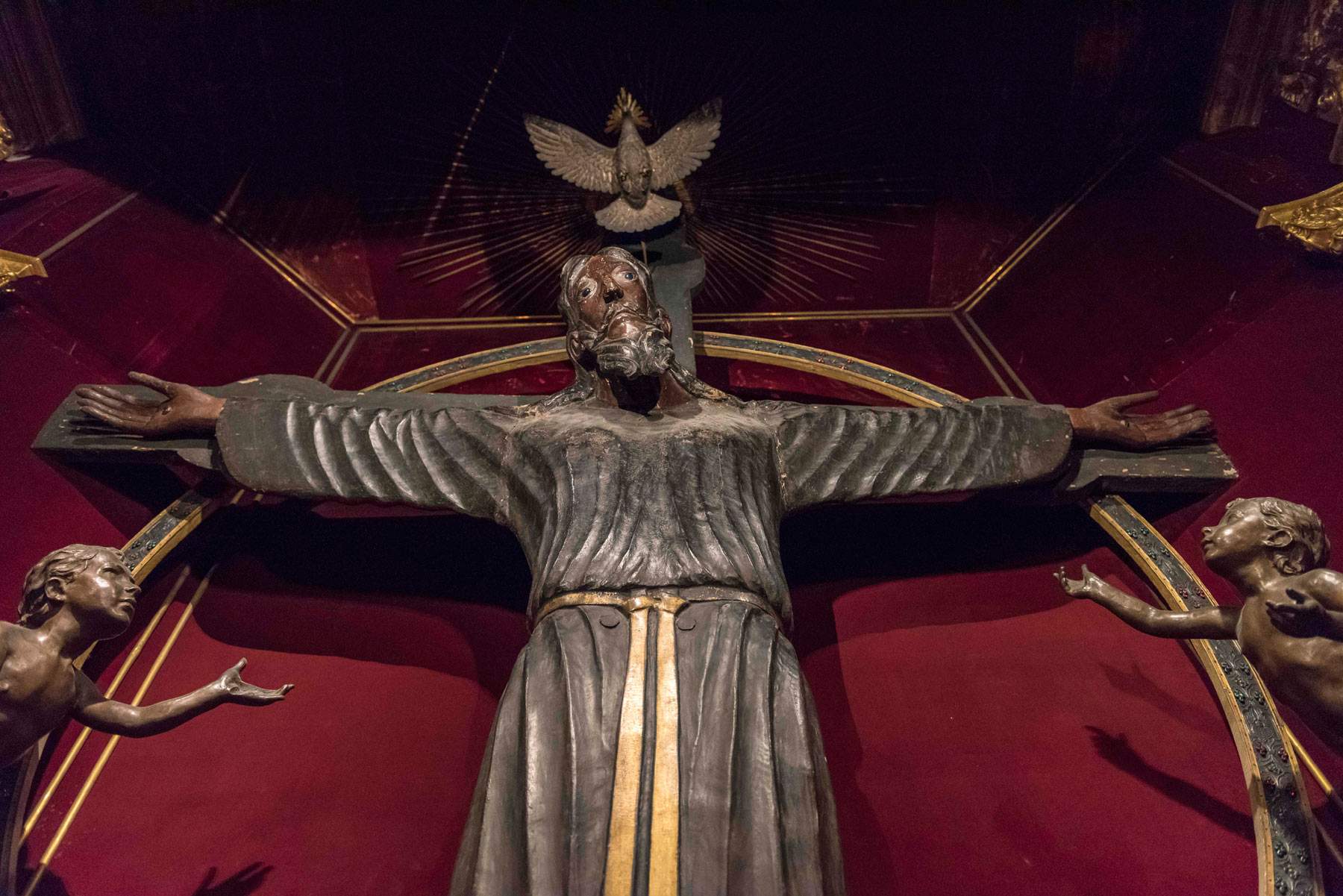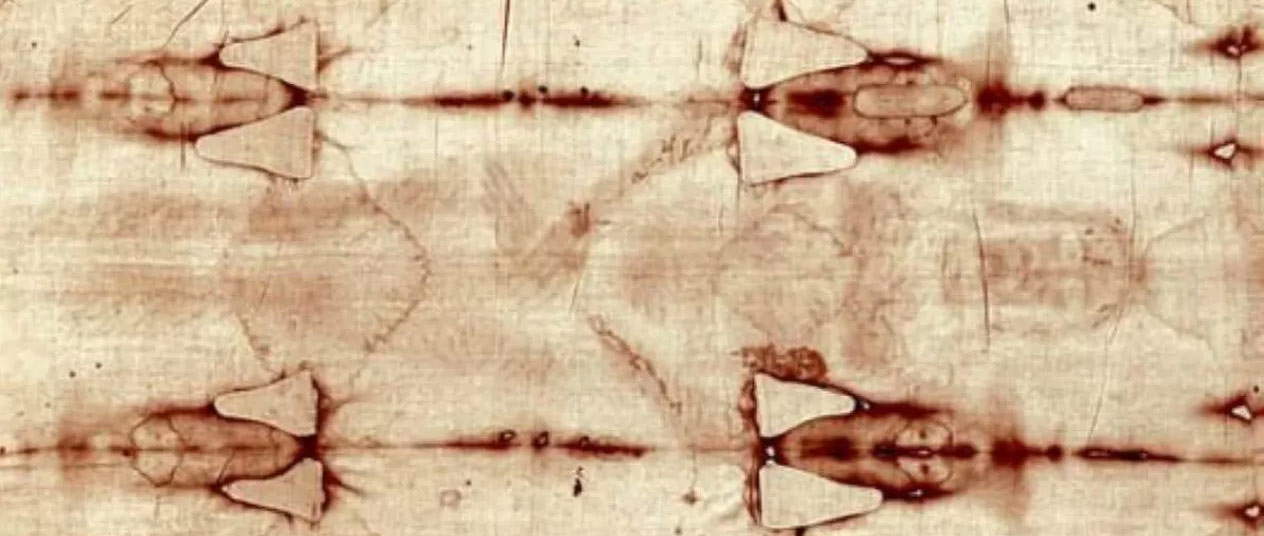Since its discovery, or rather the refinement of the technique in the 1950s, dating by means of the C14 isotope, or radiocarbon, has been a formidable advance for the possibility of knowing and dating developments in human history. The discoverer, Willard Frank Libby, guessed that by measuring the residual carbon-14 content it would be possible to understand at what point in time the organic materials under examination had ceased to live: plants and animals in fact assimilate carbon-14 from carbon dioxide in the course of their lives, but when they die the exchange of carbon with the biosphere ends and their carbon-14 content begins to decline at a rate determined by the law of radioactive decay. It was aningenious insight that won him the Nobel Prize in Chemistry in 1960 and , despite several refinements over the decades, still constitutes a sound principle. Thanks to that technique, organic materials can be dated on a chemical basis-a revolution especially in the field ofarchaeology, where until the 1950s contexts and civilizations could only be dated in the presence of material comparisons or dendrochronological curves.
Despite the extraordinary novelty brought by this technique, its limitations are easy to see: in particular, since it is a technique for dating organic materials, and, specifically, the moment when they stop living, it will be crucial to take into account that a piece of wood may have been carved even hundreds of years after the tree was felled, that a parchment could have been reused even dozens of times, or that a log may end up in a bonfire in the most diverse and unknown ways. In short: without certain information about how and when that material ended up there, the technique may be useless and offer misleading results. There is also the margin of error to take into account: the technique’s accuracy varies according to historical periods and the calibration curve, but it normally provides a time frame of a few hundred years for dating samples if one wants to have a reliable figure. The usefulness of the method therefore varies according to context. As even those who do not routinely handle the subject can easily guess, knowing that a coal in a bonfire is from the 12th-16th centuries A.D. is generally uninformative, while for civilizations that have left no written sources, even such a broad dating may be important.
In recent years, however, this technique has taken to being used no longer, or not only, to date organic materials but, in extended, to date artifacts made from those materials. Yet the technique was not intended for that purpose, and the lack of widespread knowledge about it is likely to create misunderstandings.
The latest in order of time is the Holy Face of Lucca: long thought to be a 12th-century work by art historians, today, after analyses to which three samples of the sculpture were subjected, it is dated to the 8th-9th centuries, and described as the oldest wooden sculpture in the West. On June 19, 2020, theNational Institute of Nuclear Physics CHNet - Cultural Heritage Network in Florence announced the new dating in all newspapers. Three samples were analyzed, according to the press release: two of the wood, and one of the canvas applied to the surface. The dates, according to the statement, are consistent in offering a datum that points to the late 8th and 9th centuries: while this datum is of little relevance in the case of the wood, which could have been even much older than the sculpture, the datum of the canvas, which could hardly have been decades or centuries older, seems rather stringent. Moreover, the consistent dating of the three fragments seems to corroborate the reality of the early medieval dating.
 |
| Holy Face of Lucca (8th-9th century AD; Lucca, Cathedral of San Martino). Ph. Credit Lucio Ghilardi |
 |
| A detail of the Shroud of Turin |
While we do not doubt the goodness of the work and cannot rule out the possibility that the new dating corresponds to truth, the method and transparency are striking: the results of the analysis (the dates of the three samples) were not published but only a summary of them, the results were not published in a journal and subjected to peer-review (external, peer review) before being disclosed, and above all, the discovery is based on only one relevant sample, that of the cloth, which, being only one, can always be at risk of contamination.
But let’s look at the data. From the website of theNational Institute of Nuclear Physics, where we find the most stringent information, we quote, “The canvas sample was dated to a period between 770 and 880 AD (at 68% probability). The wood samples were found to be compatible with the cloth, all having a good probability of being dated to a period between the last decades of the 8th century and the 9th century. Radiocarbon confirmed, therefore, that the materials of the Holy Face predate the year 1000.”
We did not find any other evidence to clarify these words. 68% probability means that there is a 32% chance that that dating is wrong (it is good practice to publish only dates that are 95% correct or more), and it is not clear what it means, in the case of the wood, that the samples are with “good probability” dated “between the last tens of years of the 8th and 9th centuries.” In the absence of stylistic elements that can corroborate the new dating, proposing it as effective with only 68 percent probability seems rather bold.
Unfortunately, such practices, which tend to force and overinterpret precise results of scientific analysis, are not uncommon. In September 2017 it was Oxford University, again through press releases and not scientific publications, that announced that it had discovered in its Bodleian Library the manuscript containing the world’s oldest zero. The birch pages of the Bakhshali Indian manuscript, dated to the ninth century CE, were subjected to dating through carbon 14 revealing many different dates, from the third to the tenth century CE-nothing strange, being materials that had value and were reused over time. But incredibly, Oxford announced that it had found the oldest zero in the world, dating the entire manuscript to the 3rd-4th centuries AD: a subversion of carbon 14 dating, interpreted simply incorrectly, since, as explained at the outset, the technique dates the material, not the context (in this case the manuscript), let alone the writing affixed to the pages. Again, no new stylistic, historical or paleographic elements had been brought to the debate. Two weeks after this “discovery,” an exhibition opened in Oxford in which that manuscript was one of the highlights.
In conclusion, any proposed carbon 14 dating needs a context to justify its use and a precise statement of results and statistical margins of error, and it is good to have several consistent and accurate samples before announcing a new discovery to the world. Carbon 14 is an unsuitable dating tool for dating manuscripts or works of art in historical times, because comparisons and dating elements are plentiful: it can, of course, be used in cases where the dating debate is glaringly open (for example, in the case of forgeries), but even then caution must be exercised, and the samples diverse and consistent, to reduce the possibility of statistical error to a smidgen.
Curious then is the fact that, precisely because of the existence of a “statistical error” and the need to have different, multiple, uncontaminated samples, other carbon 14 dating is being questioned. The Holy Shroud was subjected to analysis in the late 1980s in three different laboratories, offering a consistent dating to the 13th-14th centuries CE. The results were published in the world’s leading scientific journal. Perhaps it was not the result the Vatican patrons expected, and those data have been constantly questioned ever since. Yet in that case it was all published, after analysis on different samples and in different laboratories, with a 95 percent confidence interval. In the case of the Holy Face of Lucca, the sample is one, with a 68 percent confidence interval. Perhaps it is time to reflect on the use the humanities want to make of these analytical techniques.
Warning: the translation into English of the original Italian article was created using automatic tools. We undertake to review all articles, but we do not guarantee the total absence of inaccuracies in the translation due to the program. You can find the original by clicking on the ITA button. If you find any mistake,please contact us.